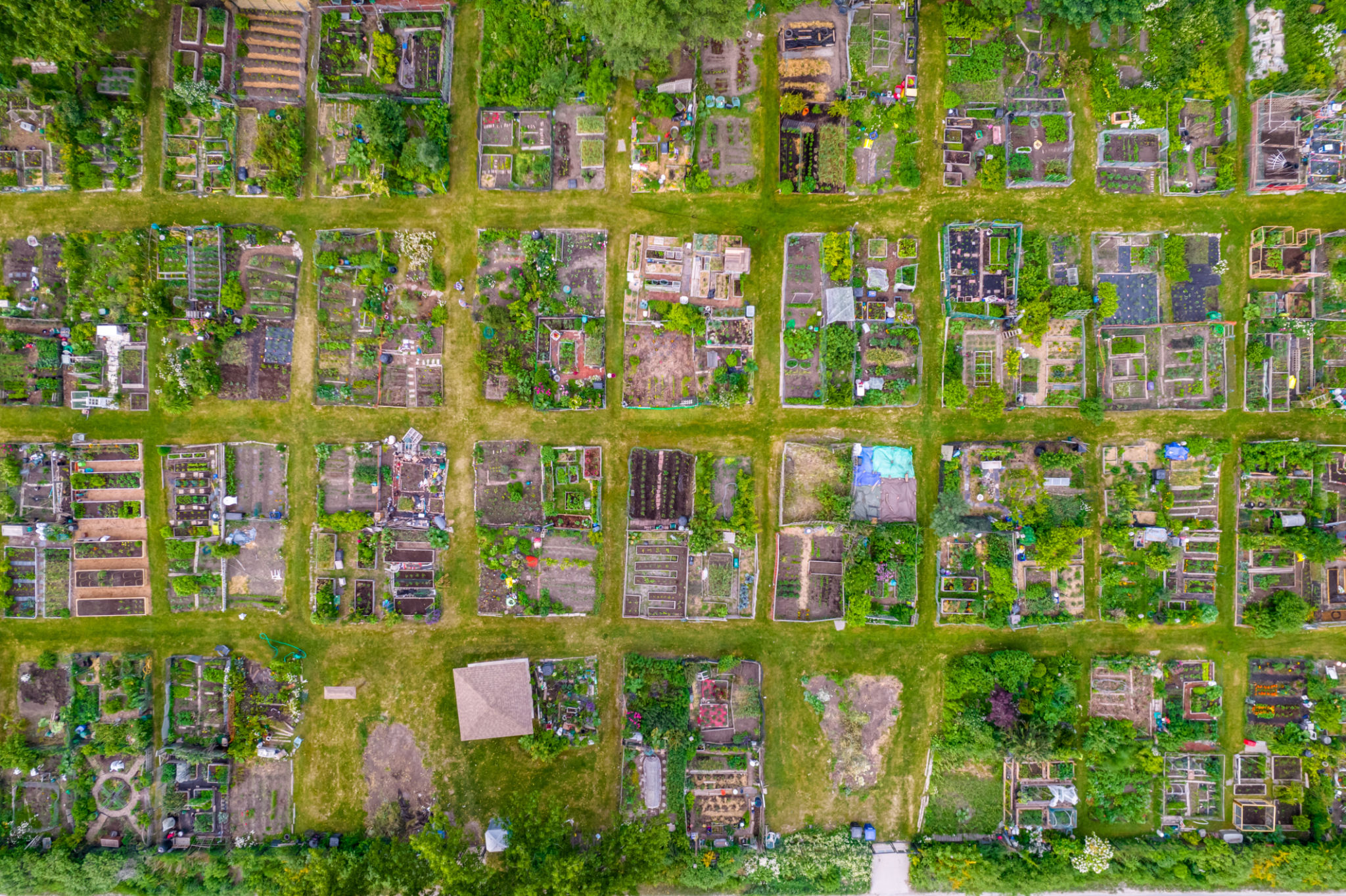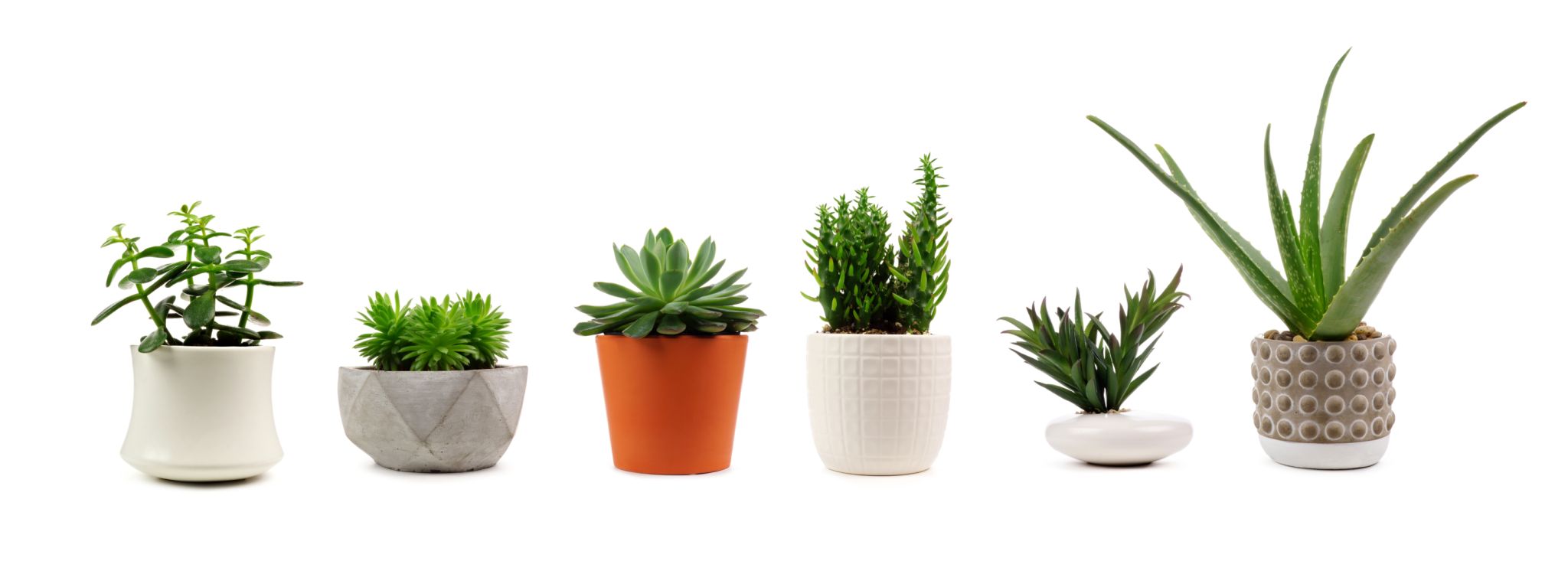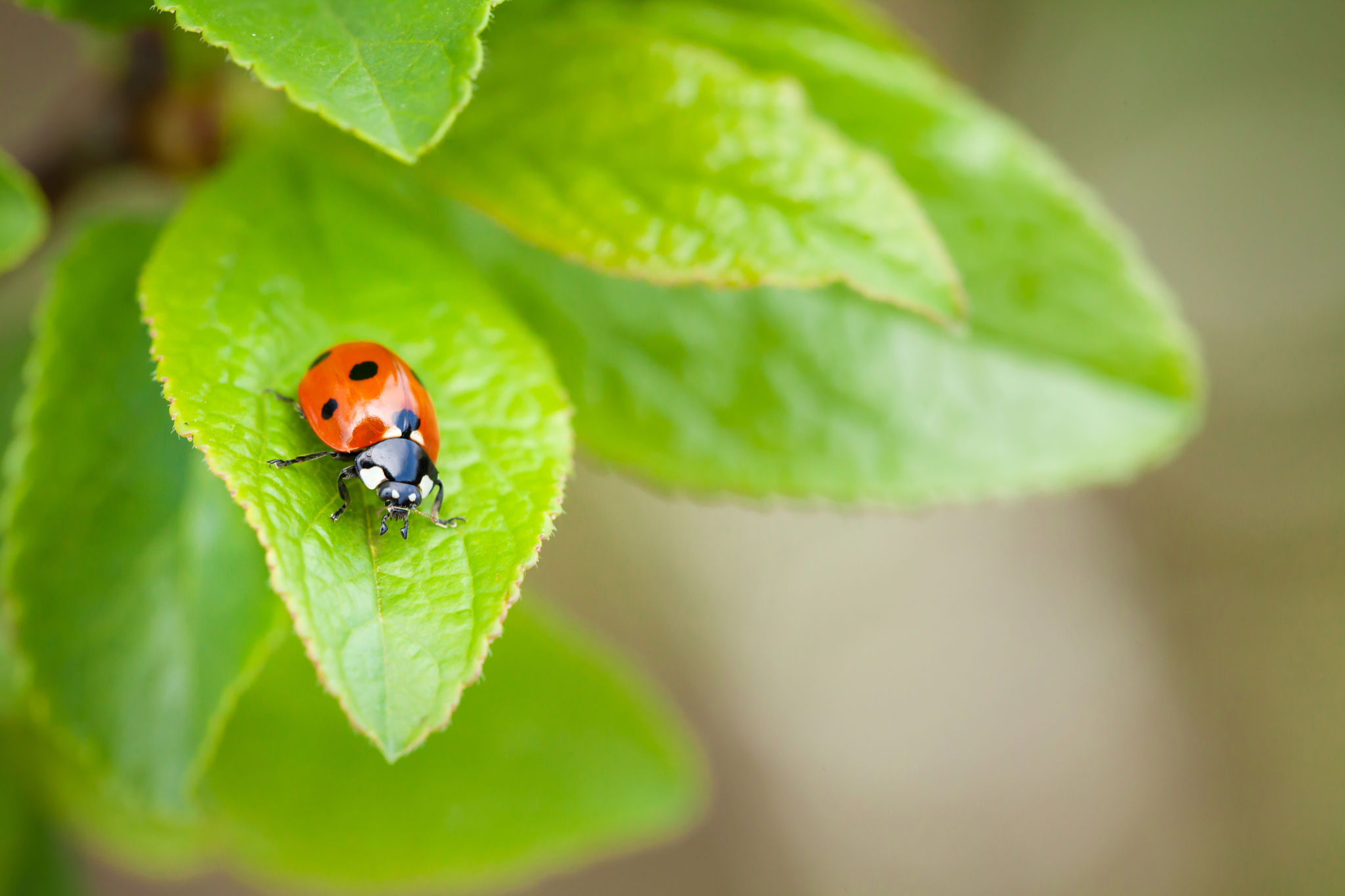Garden Care Solutions for NYC: Expert Tips for Urban Gardeners
Understanding Urban Gardening Challenges
Urban gardening in New York City presents unique challenges, from limited space to varying sunlight exposure due to towering buildings. However, with the right strategies, city dwellers can transform even the smallest spaces into lush, thriving gardens. Recognizing these challenges is the first step in developing effective garden care solutions tailored for urban environments.

Maximizing Limited Space
Space constraints are a common hurdle for NYC gardeners. Utilizing vertical gardening techniques can help make the most of small areas. Consider installing wall planters or using trellises and shelves to stack plants upward rather than outward. This approach not only saves space but also adds a dynamic visual element to your garden.
Container gardening is another excellent option for urban spaces. Containers can be placed on balconies, windowsills, or rooftops, allowing you to cultivate a variety of plants regardless of ground availability. Choose containers with good drainage to prevent waterlogging and ensure healthy plant growth.
Optimizing Sunlight Exposure
Sunlight in NYC can be unpredictable due to the city's iconic skyline. Before planting, observe your space throughout the day to identify areas with consistent sun exposure. Group plants according to their sunlight needs; place sun-loving species in the brightest spots and shade-tolerant varieties in less sunny locations.

Using reflective surfaces like mirrors or light-colored walls can enhance natural light in shaded areas. Additionally, consider rotating your plants regularly to ensure they receive even sunlight distribution, promoting balanced growth.
Choosing Suitable Plants
Selecting the right plants is crucial for a successful urban garden. Opt for species that are resilient and adaptable to varying conditions. Herbs like basil, mint, and rosemary thrive in containers and are perfect for urban settings. Similarly, vegetables such as cherry tomatoes and peppers can flourish with adequate care.
For ornamental purposes, consider low-maintenance plants like succulents or native species that are well-suited to local climates. These options typically require less water and can withstand the variable NYC weather.

Watering Efficiently
Urban gardens often face water management issues due to limited space for irrigation systems. To ensure your plants receive adequate moisture, consider using self-watering pots or installing a drip irrigation system. These methods provide consistent hydration without wasting water.
Additionally, collect rainwater using barrels or other storage solutions. This eco-friendly practice not only conserves water but also reduces your utility bills while providing plants with soft water free from chemicals.
Pest Management in Urban Settings
Pests can pose significant challenges in urban gardens, but there are natural solutions available. Introduce beneficial insects like ladybugs or use organic methods such as neem oil to combat common pests. Regularly inspect your plants for signs of infestation and address issues promptly to prevent damage.
Companion planting is another effective strategy, where planting certain species together can naturally deter pests. For instance, marigolds can repel aphids when planted alongside vegetables.

The Benefits of Urban Gardening
Beyond aesthetics, urban gardening offers numerous benefits. It helps improve air quality, reduces stress, and fosters a connection with nature. Moreover, growing your own herbs and vegetables can lead to healthier eating habits and reduce your carbon footprint by minimizing the need for store-bought produce.
By understanding and addressing the unique challenges of NYC gardening, urban gardeners can create vibrant green spaces that thrive in the heart of the city. With a little creativity and dedication, anyone can become a successful urban gardener.
